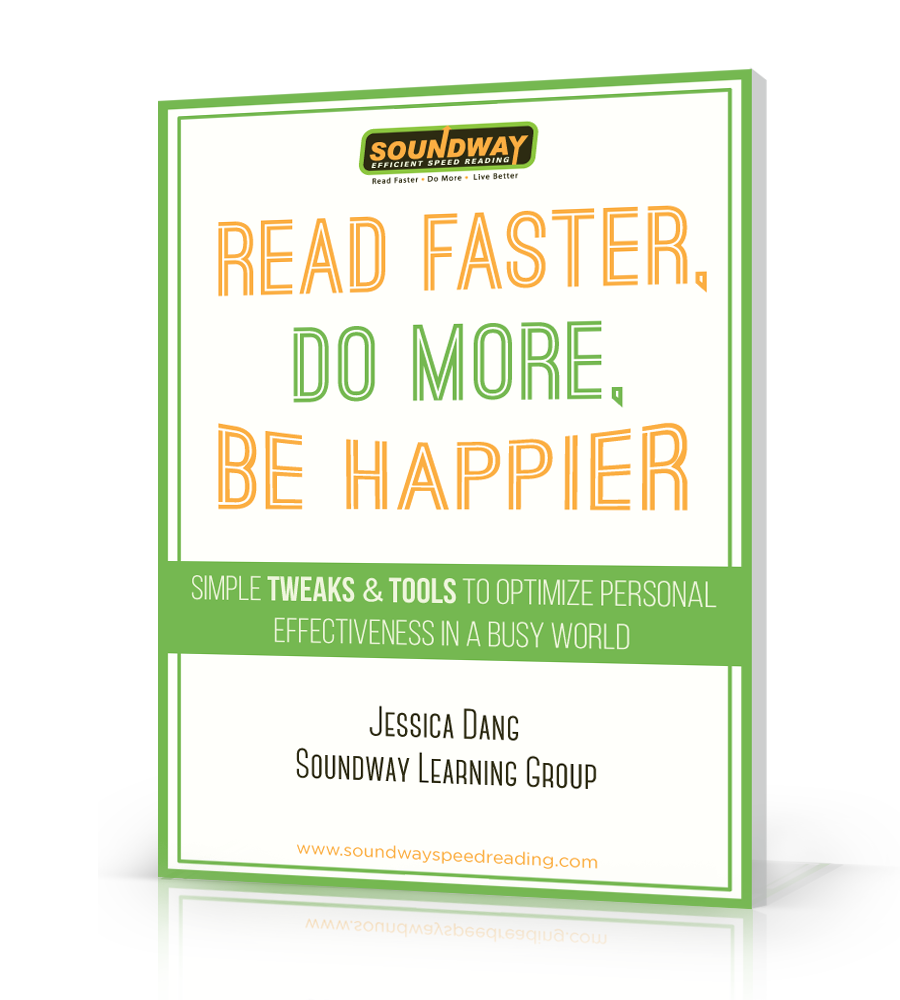A s a student, you read a lot of material day in and day out. Text books, reference books, notes, newspapers, magazines, reports, charts—the list goes on and on!
Since you spend a lot of time and energy reading, wouldn’t it be great if you could find a more effective way to get through all that text? The good news is, it’s possible to turn yourself into a “power reader,” but first you need to acquire a skill called skimming.
Skimming is a method in speed reading that allows the reader to capture the gist from a written text.
On top of helping you to understand the general idea of an article or book without having to read all the words, skimming saves you time as you can get through a text three to four times faster than usual.
Keen on learning how to skim? Here are a few tips for students to power up their reading speed:
Know When to Skim
Skimming works best with materials like reports and newspaper articles where the important facts are convoluted with secondary, marginal, and even insignificant information. Of course skimming also serves you well when you’re hard-pressed for time.
Skimming works best with materials like reports and newspaper articles. Click To TweetWhen not to Skim
Literature that requires a lot of thinking shouldn’t be skimmed. In addition, you shouldn’t skim opening, and concluding paragraphs of an article as they usually present the author’s main ideas.
Guide Your Eyes
An essential part of skimming is smooth eye motion. Therefore, to maximize your eyes’ efficiency while reading, you can opt to use your finger or hand as a guide. As you’re reading, just brush your finger under each line of text. Your eyes will instinctively follow the motion.
As you’re reading, just brush your finger under each line of text. Your eyes will follow. Click To TweetBlock the Words Together
You may not realize this, but you probably read groups of maybe 3 to 4 words together at the same time. This is a great way to speed read, and once you’ve figured out the number of words you presently read at a time, you should aim to group even more words together.
Skip the Filler
To make an article interesting or to ease into a topic or idea, the author will add filler words to a sentence. These fillers aren’t part of the essential ideas of the article. With practice, you can learn to differentiate and eliminate fillers, and skip straight to the facts.
Find a Pattern
Some articles contain patterns that give clues to relevant information. For example, when confronted with large amounts of text, look for repeated words, key ideas, and bold print.
When you think about it, skimming is a lot like hunting. With skimming, instead of tracking down game you’re on the lookout for choice information, and important material that you can incorporate into your research or assignment.
By applying the skimming techniques above you’ll soon be able to look at school material, and quickly learn what the article or book is all about. For more intensive and detailed instructions on speed reading, enroll in a good speed reading program like the ones by Soundway Efficient Speed Reading™.
photo credit: Shavar Ross via photopin cc







